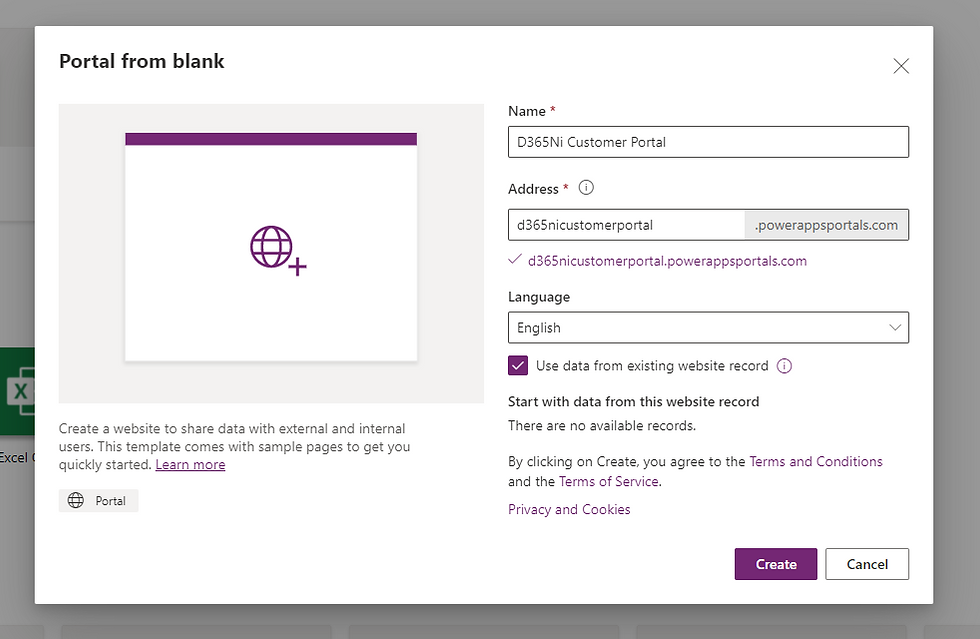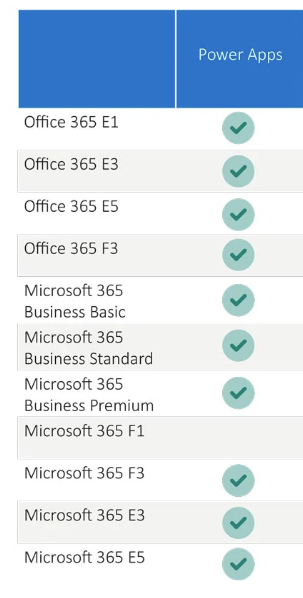We need to talk about....D365.... Provisioning a D365 Power App Portal
- Graeme Donnell

- Jan 17, 2022
- 2 min read
Updated: Feb 3, 2022
Welcome to latest blog post on creating a new D365 Power Apps Portal to provide external access to your D365 solution.
Recently, I have been tasked with creating a number of different portals to demonstrate how data and levels of access can be shared with external and internal users.
The purpose of this blog is therefore to showcase how easy it is currently to provision a D365 Power App Portal.
Power Apps
Firstly, lets access our old friend, the Make PowerApps weblink https://make.powerapps.com/

Once we have selecting the right environment to which we need to deploy the portal, we click on Apps, from the site navigation and then "New App"...."Portal".

Portal from blank
Alternatively, you can decide to use one of the available templates to simplify your work later on if you see any of the template suites your client needs.
To build a portal from one of the templates, scroll down to the “Start from template section under the create page and choose one of the templates.

There are many available templates, such as community, customer self-service, partner, employee self-service, customer portal and field service portal. Also, it is essential to know that Microsoft is adding more templates such as modern community, which is currently in preview.
Portal data
While creating the Portal, the first form that is required to be filled is the primary site information, as follows.
Site’s name, which is important to differentiate the portal from other apps and portals in the same environment.
Address, which is the domain name that will allow the users, either external or internal to communicate with the site.
The language of portal, I have one language selection “English”
The option to use an existing data for an existing site, which if selected, will show a drop list of the existing portals under the same environments.

Portal Address
Microsoft provides a domain name while provisioning Power Portal for all the Power Apps Portals under the leading domain name powerappsportals.com. If available, a subdomain of your choice will be the new portal address.
Additionally, we can have a dedicated custom domain name for the newly created Portal, as explained in a previous post on creating a custom domain name for the Power Portal.
Provisioning Power Portal
Once we click create, Power Apps will start provisioning the new created Power Portal.

Configure the new Power Apps Portal
Now, as the new Portal is provisioned, we can directly access it through the given domain during the setup or the custom domain name if set one up.

In the example above, the Portal was created, and now we need to configure it from the Power Apps Portal.
Configure Power Apps Portal
To access the Portal as one of the apps in Power Apps, click on the “Apps” link on the left-hand side menu. Then select the app you want to edit, and from the dots click on edit, as shown below.

Thank you again for reading my blog, look out for my up and coming series on Power Virtual Agents, take care, speak soon!




Comments